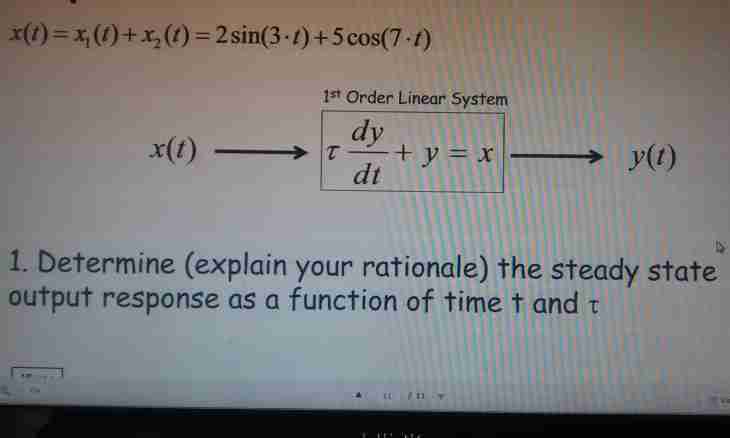Perhaps, it is impossible to find an element, so necessary for life, as oxygen. If without food of people several weeks, without water several days, then without oxygen – only several minutes can live. This substance finds broad application in the different fields of the industry, including chemical and also as a component of rocket fuel (oxidizer).
Instruction
1. Often there is a need to determine the mass of the oxygen which is in some closed volume, or emitted as a result of chemical reaction. For example: 20 grams of permanganate of potassium subjected to thermal decomposition, reaction took place up to the end. How many grams of oxygen at the same time were allocated?
2. First of all, remember that potassium permanganate – it potassiumis permanganate – has chemical formula KMnO4. When heating it decays, forming manganat potassium – K2MnO4, the main oxide of manganese – MnO2, and O2 oxygen. Having written down the reaction equation, and having picked up coefficients, receive: 2KMnO4 = K2MnO4 + MnO2 + O2
3. Considering that the approximate molecular mass of two molecules of permanganate of potassium – 316, and the molecular mass of a molecule of oxygen, respectively, 32, a proportion solution, calculate: That is at thermal decomposition of 20 grams of permanganate of potassium, about 2.02 grams of oxygen turn out 20 * 32/316 = 2.02. (Or in round figures 2 grams).
4. Or, for example, it is required to determine the mass of the oxygen which is in the closed volume if its temperature and pressure is known. Here the universal equation of Mendeleyev – Klapeyrona, or in a different way "ideal gas law" comes to the rescue. It has such appearance: PVm = MRTP is gas pressure, V – its volume, m – its molar weight, M – the weight, R – a universal gas constant, T – temperature.
5. You see that the required size, that is the mass of gas (oxygen), after reduction of all basic data in one system of units (pressure – in pascals, temperature – in degrees Kelvin, etc.), it is easily possible to calculate on a formula: M = PVm/RT
6. Certainly, real oxygen is not ideal gas for which description this equation was entered. But at the sizes of pressure and temperature close to normal, deviations of rated sizes from actual are so insignificant that they can safely be neglected.

